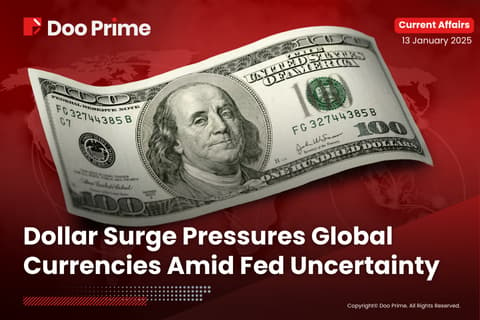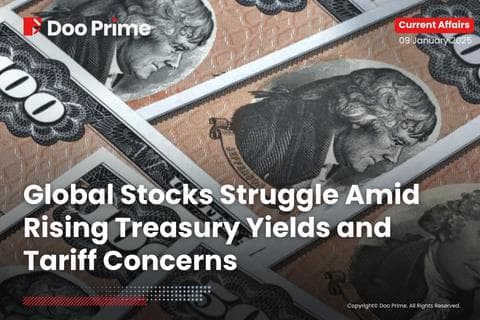WORLDWIDE: HEADLINES
China’s March Trade With Russia Rises Over 12% From Year Earlier
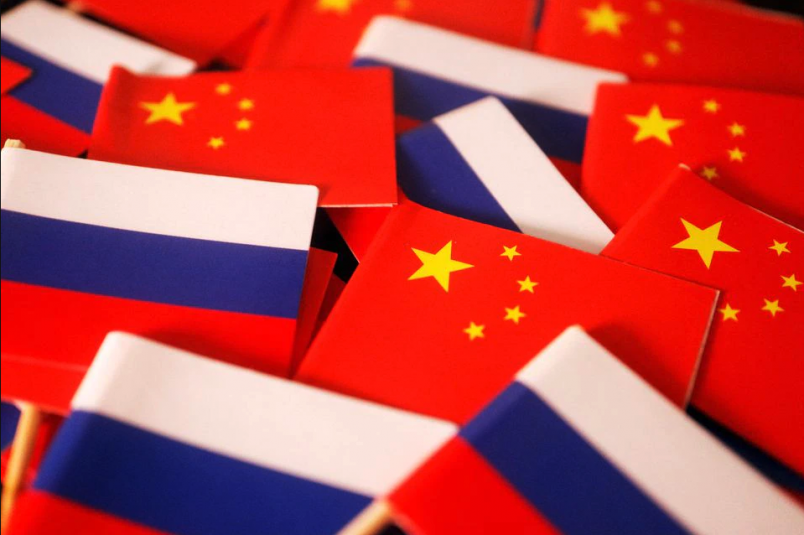
China’s overall trade with Russia rose by more than 12% in March from a year earlier in dollar terms, in sync with previous gains, even as Beijing criticised Western sanctions on Russia following its invasion of Ukraine.
Overall trade with Russia increased 12.76% in March to $11.67 billion and jumped 30.45% in the first quarter from the same period last year, Chinese customs data showed on Wednesday.
The gains in total trade – comprising the values for both exports and imports – were in line with previous increases, with Russia a major source of oil, gas, coal and agriculture commodities for China.
Russia invaded Ukraine on Feb. 24 in a move that Moscow described as a “special military operation” needed to defend Russian-speaking people in Ukraine.
Beijing has refused to call Russia’s action an invasion and has repeatedly criticised what it says are illegal Western sanctions to punish Moscow.
Several weeks before the attack on Ukraine, China and Russia declared a “no-limits” strategic partnership. Last year, total trade between China and Russia jumped 35.8% to a record $146.9 billion.
As sanctions against Russia mount, China could offset some of its neighbour’s pain by buying more. But analysts say they have yet to see any major indication China is violating Western sanctions on Russia.
China’s economic and trade cooperation with other countries including Russia and Ukraine remains normal, customs spokesman Li Kuiwen said at a news conference.
Russia’s economy is on course to contract by more than 10% in 2022, former finance minister Alexei Kudrin said on Tuesday, hit by soaring inflation and capital flight.
The World Trade Organization (WTO) on Tuesday revised down its forecast for global trade growth this year because of the impact of the Russia-Ukraine war.
Full coverage: REUTERS
Gold Inches Higher As Ukraine Conflict Lifts Safe-Haven Bids
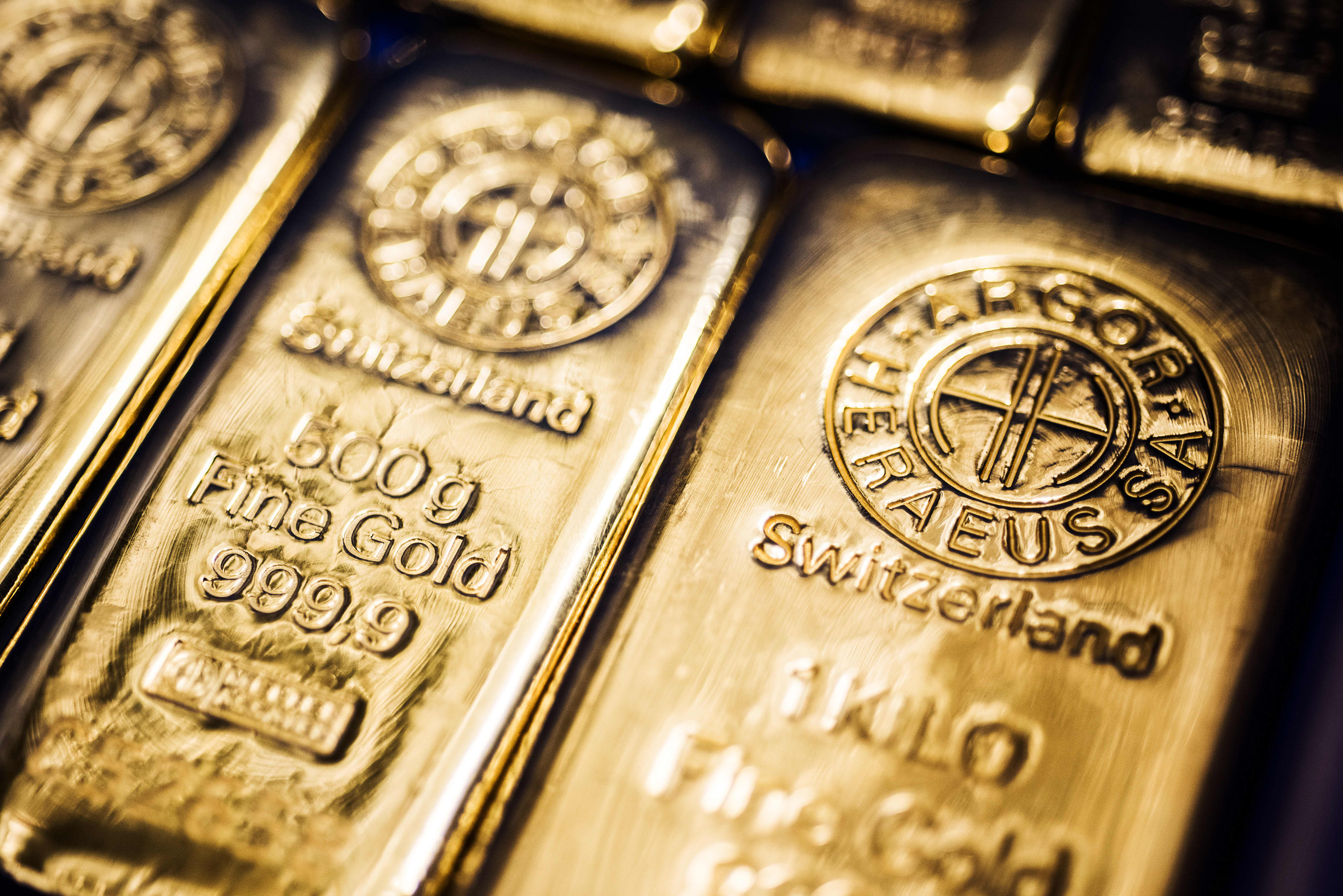
Gold prices edged higher on Wednesday as concerns of an escalation in the Russia-Ukraine conflict increased safe-haven bids for the precious metal, although a firmer U.S. dollar capped bullion’s gains.
Spot gold was up 0.2% at $1,969.76 per ounce, as of 0609 GMT, after hitting a near one-month peak of $1,978.21 on Tuesday. U.S. gold futures were flat at $1,975.80.
“Gold is benefiting from some safe-haven demand this week as inflation fears grow, China growth stumbles and the war in the Ukraine gets set for round two,” said OANDA senior analyst Jeffrey Halley.
Russian President Vladimir Putin described the on-and-off peace negotiations as “a dead-end situation” on Tuesday, while U.S. President Joe Biden said for the first time that Moscow’s invasion of Ukraine amounts to genocide.
The dollar index (.DXY) firmed near May 2020 highs, making gold less attractive for overseas buyers, after reassurance from U.S. Federal Reserve Governor Lael Brainard that the central bank will stay the course on hiking interest rates.
Although gold is considered a hedge against inflation and geopolitical risks, interest rate hikes would raise the opportunity cost of holding non-yielding bullion.
“March inflation came in at up 8.5%, year-on-year, which is a 40-year high, inflation historically bullish for hard commodities,” said Michael Langford, director at corporate advisory AirGuide.
“That being said gold has no attributable yield and in a high interest rate environment, will be less desirable relative to other asset classes. I see gold having some minimal upside but medium to longer-term more likely to fall in price.”
Spot gold faces a strong resistance at $1,975 per ounce, according to Reuters technical analyst Wang Tao.
Full coverage: REUTERS
WORLDWIDE: FINANCE/BUSINESS
Asian Shares Gain As U.S. Inflation Data Not As Bad As Some Feared
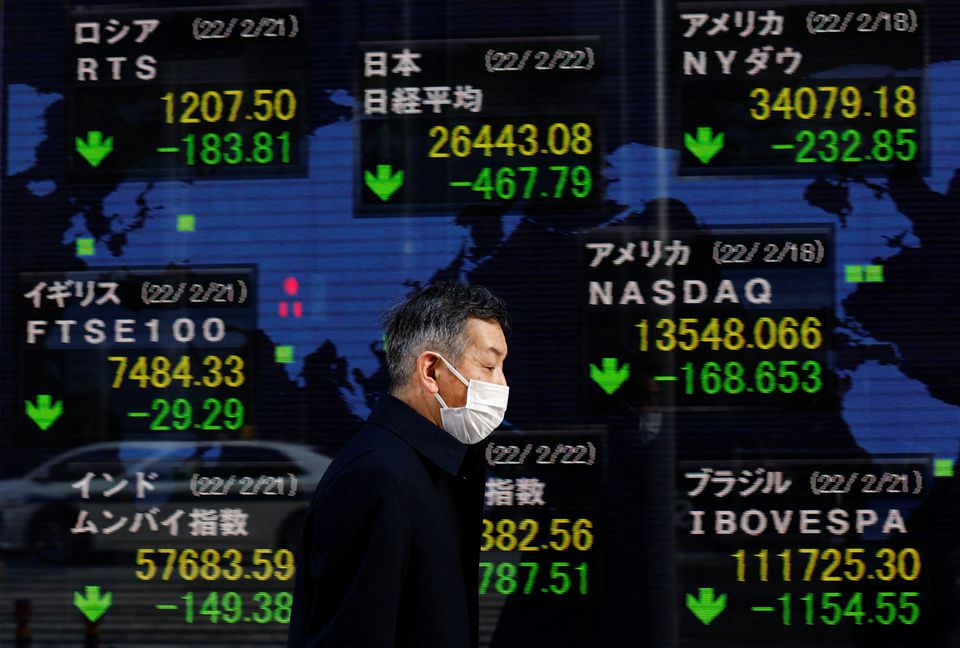
Asian shares and U.S. futures rose on Wednesday as U.S. inflation figures were not as high as markets had feared, causing U.S. yields to pause their march higher.
Share market sentiment was capped, though by, higher oil and other commodity prices after Russian President Vladimir Putin said that on-and-off peace negotiations with Ukraine “have again returned to a dead-end situation for us”, which kept the euro stuck at a five week low.
Much weaker-than-expected import data from China also weighed on the outlook, though it added to views Beijing will have to ease policy again soon.
MSCI’s broadest index of Asia-Pacific shares outside Japan (.MIAPJ0000PUS) rose 1%, lead by Korea’s KOSPI (.KS11), which was up 1.5%. Japan’s Nikkei (.N225) jumped 1.97%.
S&P500 futures gained 0.67% and Nasdaq futures gained 0.65% in Asia trade, but EUROSTOXX 50 futures lost 0.2%, weighed down by Putin’s comments.
Data published on Tuesday showed U.S. monthly consumer prices increased by the most in 16-1/2 years in March as war in Ukraine boosted the cost of gasoline to record highs, cementing the case for a 50 basis points interest rate hike from the Federal Reserve next month.
However, monthly underlying inflation pressures moderated as goods prices, excluding food and energy, dropped by the most in two years.
The data sent U.S. yields lower on Tuesday, snapping seven straight sessions of gains, though they regained a little ground late in the day and in Wednesday trade.
The yield on 10-year Treasury notes was at 2.7462%, compared to an over three-year peak of 2.836%, before the inflation data.
The two year yield was 2.3973%.
The moves in yields “gave a nod to the rhetoric that U.S. inflation has likely peaked or is very close to it,” said Clara Cheong, a strategist at JPMorgan Asset Management.
“While this is unlikely to change the trajectory of the Fed from hiking 50 basis points in May, if inflation continues on this path there will be less pressure on them to be overly aggressive in the second half of the year.”
“However, equity markets gave back gains as oil rose back above $100 barrel as progress in Russia-Ukraine peace talks came to a standstill and China started reopening Shanghai very gradually.”
Brent crude briefly dropped below $100 earlier this week, but rallied sharply on Tuesday, and largely held its gains on Wednesday.
Full coverage: REUTERS
Euro Weighed Down By Waning Hopes For Peace In Ukraine, Kiwi Wobbles
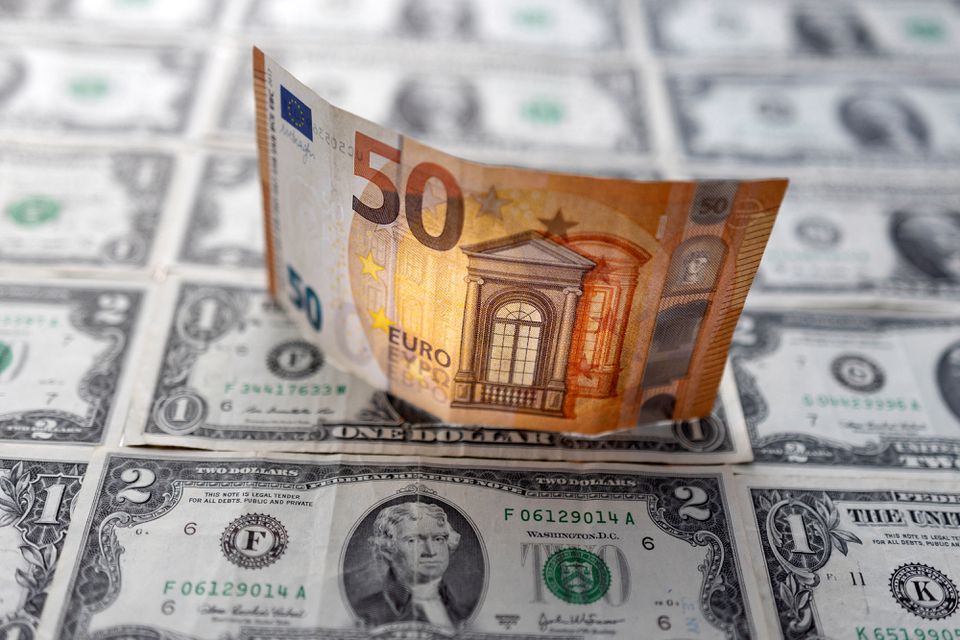
The euro was pinned to a five-week low on Wednesday as prospects for peace in Ukraine seemed to darken, while the kiwi was whipsawed after New Zealand’s central bank announced its sharpest rate hike in two decades to curb inflation.
While the 50 basis point hike by the Reserve Bank of New Zealand was larger than many economists had expected, it was within traders’ expectations, and policymakers tempered the move by not lifting their projected peak for rates.
The Bank of Canada meets later on Wednesday and is also expected to deliver its sharpest hike since 2000 as policymakers around the world start hastening efforts to contain growing price pressures.
The kiwi flickered as high as $0.6902 after the Reserve Bank of New Zealand lifted its official cash rate (OCR) to 1.5%.
But the currency recoiled from resistance around its 200-day moving average, and was last nearly 1.5% below its intraday high at $0.6811, as the central bank framed its actions as pulling forward hikes without changing its outlook.
Analysts reckoned support for the currency might be shortlived.
“It’s sort of a dovish 50-point hike,” said Jason Wong, senior markets strategist at BNZ in Wellingon.
“They’re saying it’s just a bringing forward of a hike and the RBNZ hasn’t really changed it’s view on the OCR outlook from the February statement,” he added, noting that the market has a far more hawkish peak rate forecast than the central bank does.
Elsewhere, traders were unmoved by a slight stiffening in Japanese officials’ language about the fast-weakening yen, which was under considerable pressure at 125.60 per dollar, within a whisker of breaking a major support level at 125.86.
Finance Minister Shunichi Suzuki said the government was watching currency moves with a sense of urgency.
The yen had enjoyed a moment’s respite overnight when cooler-than-expected U.S. inflation data set bonds rallying and investors hoping that price pressures might have peaked.
A second straight monthly decline in prices of used cars held core CPI to a 0.3% gain in March, against an expected 0.5% rise. But, since headline annual inflation nevertheless came in at an eyewatering 8.5% and rapid rate hikes still loom, it wasn’t enough to drive investors out of dollars.
Full coverage: REUTERS
Oil Prices Rise On Tight Supply Outlook As Russia Spurns Peace Talks
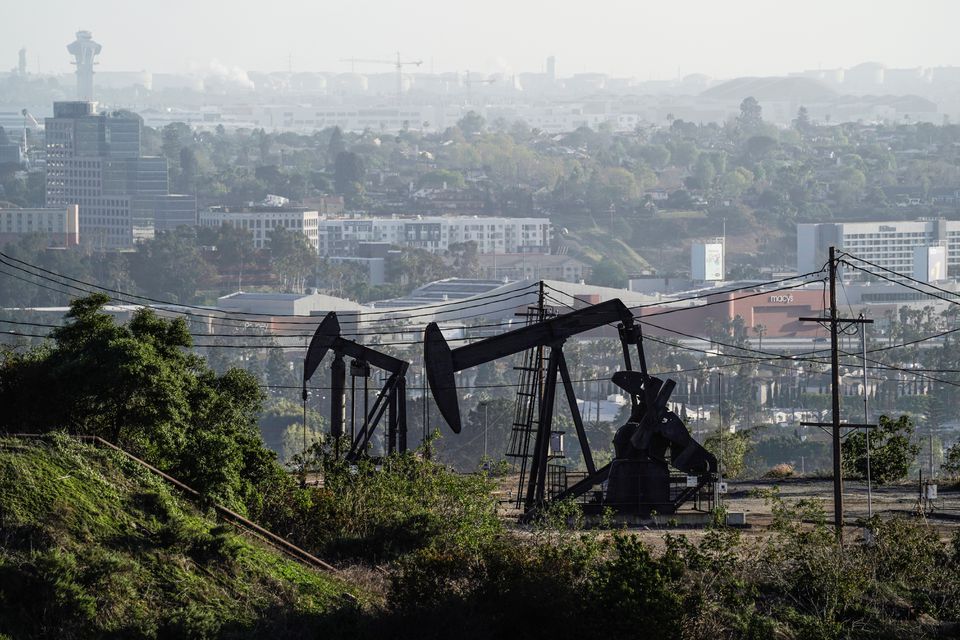
Oil prices climbed on Wednesday on worries that sliding output in sanctions-hit Russia, the world’s second-biggest oil exporter, will tighten supply after Moscow said peace talks to resolve its invasion of Ukraine had come to a dead end.
Brent crude futures rose 59 cents, or 0.6%, to $105.23 a barrel at 0053 GMT, while U.S. West Texas Intermediate (WTI) crude futures jumped 60 cents, or 0.6%, to $101.20 a barrel. Both contracts surged more than 6% in the previous session.
Russian President Vladimir Putin on Tuesday blamed Ukraine for derailing peace talks, and said Moscow would not let up on what it calls a “special operation” to disarm its western neighbour.
“Russian President Vladimir Putin said peace talks with Ukraine are ‘at a dead end’, while suggesting the seven-week offensive is going to plan. This raises the spectre of continued risk of supply disruptions in the oil market,” ANZ oil analysts said in a note.
The latest data showed Russian oil and gas condensate production dropped below 10 million bpd on Monday, its lowest level since July 2020, as sanctions imposed by many countries after Russia invaded Ukraine and logistical constraints hamper trade, people familiar with the data said on Tuesday.
Energy Minister Nikolai Shulginov said late on Tuesday the country was prepared to sell oil and oil products to “friendly countries in any price range”, adding that Moscow was focused on ensuring the oil industry continues to function, Interfax news agency said.
Meanwhile, emerging reports of partial easing of some of China’s tight COVID-19 lockdowns have helped stoke bullish sentiment among some market players this week.
At the same, U.S. fuel demand appeared to be strong, as industry data showed gasoline stocks fell by 5.1 million barrels and distillate stocks fell by 5 million barrels, market sources said, citing American Petroleum Institute figures.
The declines were much bigger than analysts polled by Reuters had expected.
Full coverage: REUTERS
